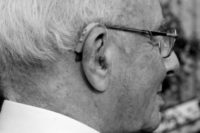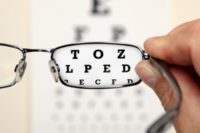The baby boomer workforce confronts age-related hearing loss

Hearing loss can be caused by a number of factors, including exposure to high noise levels and aging.
Conductive losses are losses where sound isn't carried from the outside environment; it is not conducted inward, perhaps due to earwax or fluid behind the ear, a hole in the eardrum, or otosclerosis where the bones don't vibrate. A nerve type hearing loss means sound is transmitted to the inner ear, but little hair cell nerve endings in the inner ear aren’t working well, according to health experts.
Damaged hair cell nerve endings are usually caused by noise induced or age associated loss, according to experts. Hearing loss can manifest as a loss of clarity or volume, and sometimes initial signs of hearing loss are not obvious. Others might first notice a problem. Other times hearing loss is harder to ignore.
You might notice difficulty hearing in crowds, or hearing what an individual is saying in one-to-one conversation. As the baby boomer workforce ages, hearing loss can present safety risks, as sometimes workers with impaired hearing need to have visual contact to be able see other coworkers or oncoming vehicles or moving machinery.
Experts say people should be conscious to protect their ears in noisy environments and watch the volume when using earbuds. Aside from reducing noise through engineering controls or personal hearing protectors while at work, the best thing people can do to help prevent hearing loss is to leave their ears alone, say experts. You don’t need to clean ears regularly. Ears resemble something like a self-cleaning oven and any wax will eventually come out; cotton swabs can actually do more harm than good, according to health experts.
Experts say if you suspect you may have hearing loss in both or even one ear, you should see a specialist and undergo a hearing test. Hearing aids, medications or even surgery can often treat conditions.
Looking for a reprint of this article?
From high-res PDFs to custom plaques, order your copy today!







